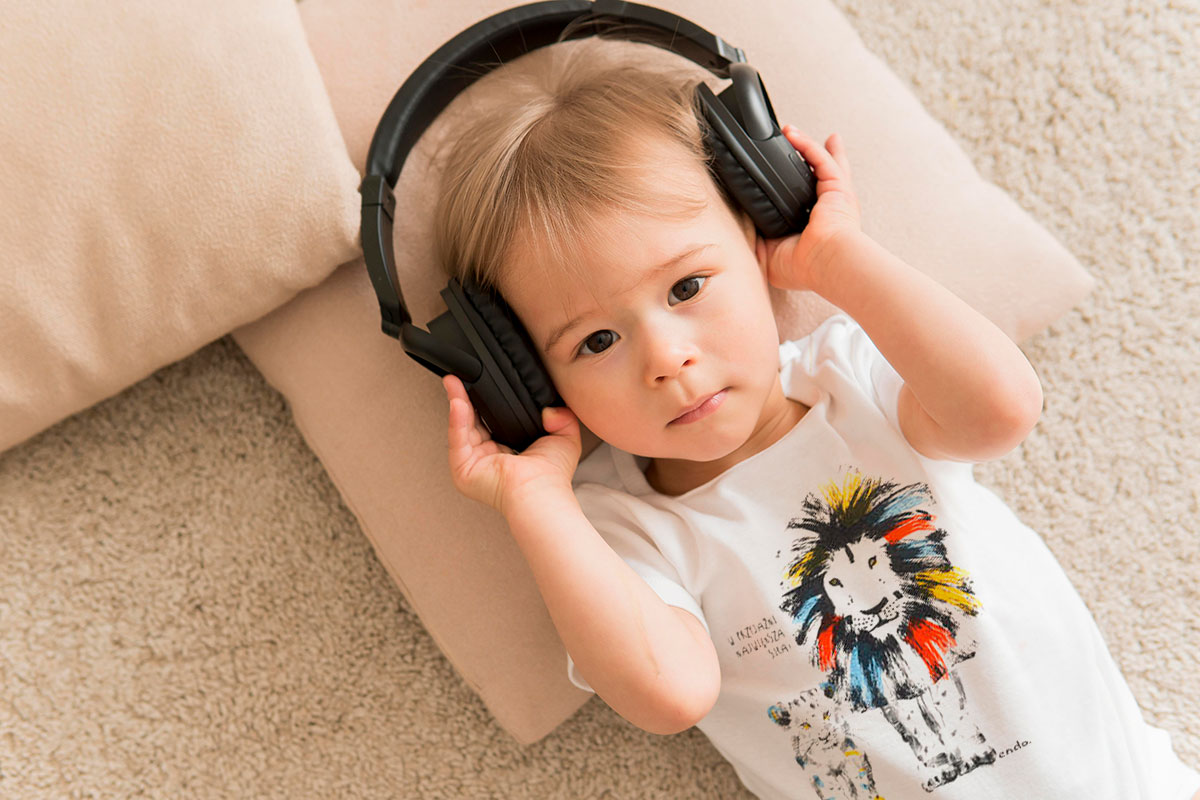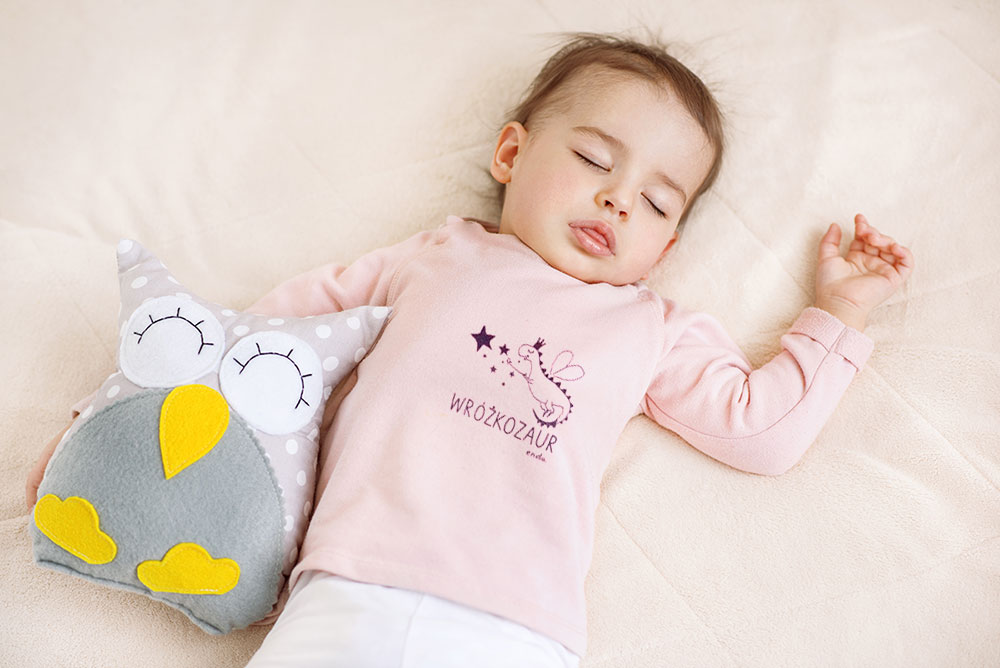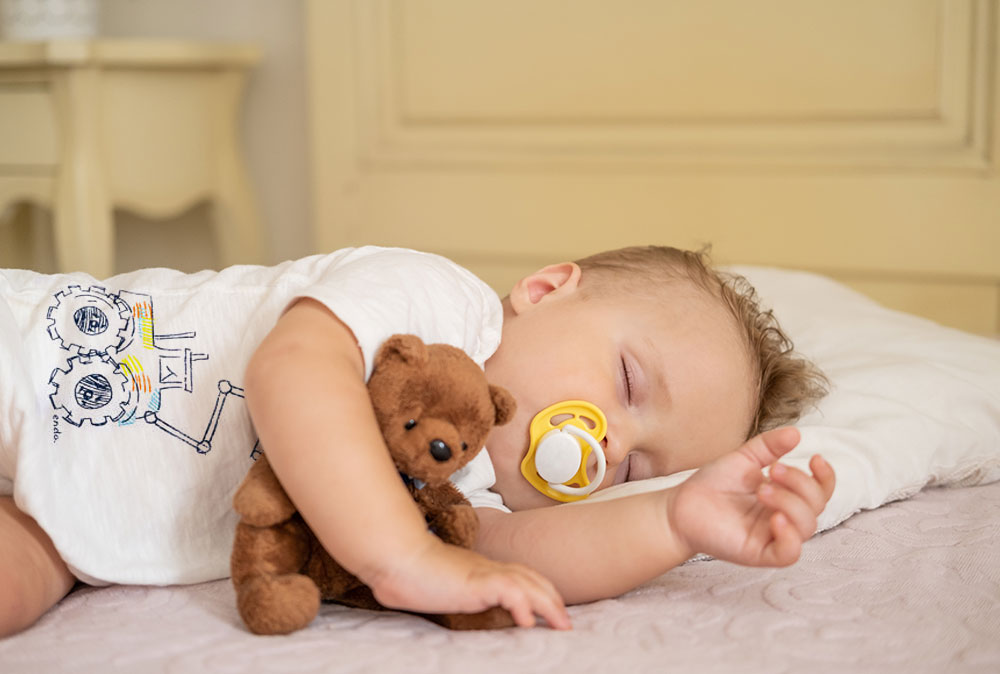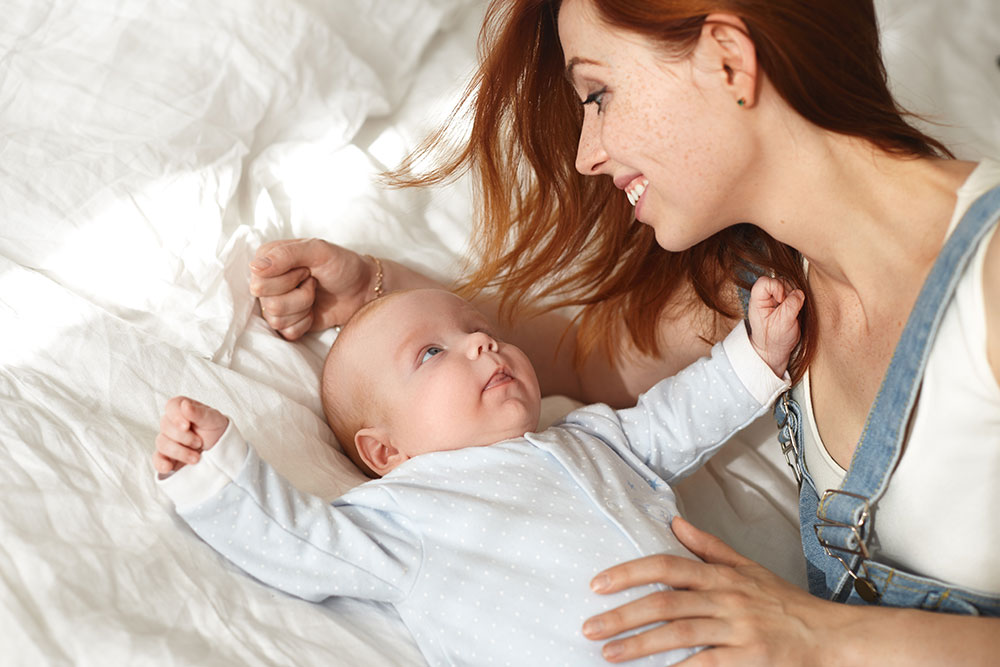
White noise for babies is one of the methods parents use to soothe and lull their babies to sleep. However, its use is controversial due to its potential impact on hearing and speech development. A baby's well-being depends entirely on their parents, so it's worth learning how to help them fall asleep without endangering their health. Sleep is essential for proper growth, so white noise for newborns can be especially beneficial for fussy babies. What is white noise and how can it be used safely?
White noise is easy to find in your home
"White noise" simply refers to sounds of even intensity that come from a baby's environment. These include steady sounds like rain or the distant din of a busy street, as well as the sounds of household appliances.
A vacuum cleaner, refrigerator, and dryer are examples of devices that emit white noise for babies. Parents also provide their babies with this type of noise. They often do this instinctively by quietly pronouncing and prolonging the whistling sounds "ch," "ś," or "sh" when the baby cries. Among newborn products, there are many toys designed and intended to emit white noise.
Moreover, suitable sounds can be easily found online thanks to special apps and playlists created for this purpose on YouTube or Spotify. These sounds have a calming effect on the baby – they reduce stress, provide a sense of security, and facilitate relaxation.

Baby white noise is not only about falling asleep easily
The effect of white noise for babies can be compared to wrapping a baby in a soft, auditory blanket.
The steady sounds coming from the environment remind the baby of the sounds they heard in the womb. After a while, the baby begins to associate white noise with naptime, making it easier to fall asleep. This allows even older babies, who need less and less rest, to avoid difficulty falling asleep. When parents turn on white noise for their newborns, the baby recognizes it and is more likely to doze off. Furthermore,
these sounds cancel out other, more distracting sounds —such as a TV in the next room or outside noises—thus reducing the risk of waking the baby. White noise for babies can also be effective during teething and other discomforting stimuli.

Humming for newborns and safety
However, constant exposure to white noise can negatively impact a baby's development, so this solution should be used with caution.
Researchers from the American Academy of Pediatrics have developed recommendations for the safe use of this type of noise. According to these guidelines, the sound source should be placed as far from the baby's head as possible. Parents should set the device to the minimum volume. Furthermore, exposure to regular sounds should be limited—ideally, it should be turned off as soon as the baby falls asleep. The issue of a safe level of white noise is particularly controversial. Some researchers, most notably Dr. Harvey Karp, consider the first three months of a baby's life to be the fourth trimester of pregnancy.
Therefore, they believe that newborns should be provided with conditions similar to those experienced in the mother's womb. It turns out that the sound intensity there can reach up to 90 dB. The volume recommended by the American Academy of Pediatrics is 50 dB, which is less than that of a normal conversation. Researchers from Michigan University and manufacturers of noise-making toys recommend using sounds at an intensity of 60-70 dB.

It's important to know that, in addition to volume, the frequency of the sounds is also important.
The white noise emitted by various devices ranges from 1 kHz to 20 kHz , which is significantly higher than what a baby can hear in the womb. For this reason, it's recommended to use sounds with the lowest possible frequency. It's important to know that, in addition to volume, the frequency of the sounds is also important. The white noise emitted by various devices ranges from 1 kHz to 20 kHz, which is significantly higher than what a baby can hear in the womb. For this reason, it's recommended to use sounds with the lowest possible frequency.
A soothing atmosphere while putting your baby to sleep
White noise for babies isn't the only way to help little ones fall asleep. Dr. Harvey Karp, mentioned earlier, recommends the 5S method. It consists of five elements that should be provided to newborns.
In addition to white noise, the 5S method also includes:
- wrapping,
- stabilizing the position,
- rocking,
- suction.
In addition to the researcher's recommendations, there are other solutions worth considering. Parents should create a soothing atmosphere about 30 minutes before bedtime. During this time, a bath should be prepared and a gentle massage should be performed.
Properly selected clothing also influences the quality of a baby's sleep. Made of 100% natural cotton
, Endo sleepsuits provide breathability and freedom of movement. The comfortable fabric doesn't irritate the baby's sensitive skin, ensuring undisturbed sleep. White noise aids the sleep process, but it can't replace closeness. It's
the combination of a warm bath, massage, and putting on comfortable pajamas that builds the bond between baby and parent , so it's worth approaching these daily rituals positively.



 It's important to know that, in addition to volume, the frequency of the sounds is also important. The white noise emitted by various devices ranges from 1 kHz to 20 kHz , which is significantly higher than what a baby can hear in the womb. For this reason, it's recommended to use sounds with the lowest possible frequency. It's important to know that, in addition to volume, the frequency of the sounds is also important. The white noise emitted by various devices ranges from 1 kHz to 20 kHz, which is significantly higher than what a baby can hear in the womb. For this reason, it's recommended to use sounds with the lowest possible frequency.
It's important to know that, in addition to volume, the frequency of the sounds is also important. The white noise emitted by various devices ranges from 1 kHz to 20 kHz , which is significantly higher than what a baby can hear in the womb. For this reason, it's recommended to use sounds with the lowest possible frequency. It's important to know that, in addition to volume, the frequency of the sounds is also important. The white noise emitted by various devices ranges from 1 kHz to 20 kHz, which is significantly higher than what a baby can hear in the womb. For this reason, it's recommended to use sounds with the lowest possible frequency.

Podziel się:
When does a baby start talking?
Art therapy for children – what is it?